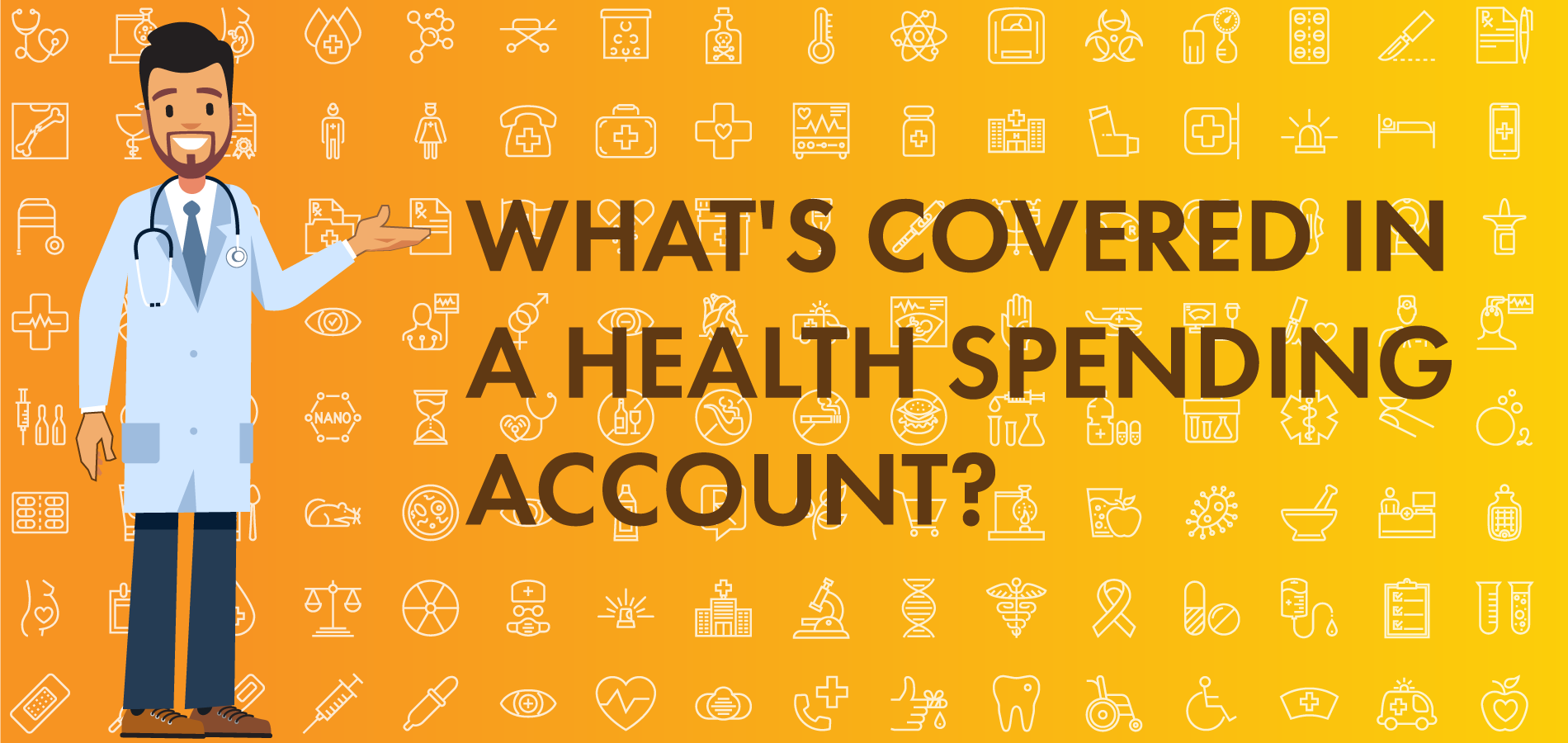In Canada, universal health care means that everyone can visit doctors and hospitals at no cost. However, there are a lot of health services that are not covered by medicare.
As a result, private companies sell health care insurance plans to help people defray the cost of these services, which can include prescription drugs, dental care, eyeglasses and allied health care such as physiotherapy.
Traditional insurance is not necessarily the answer to your troubles. There is no single definition for health insurance. Every plan offers different types of coverage and premiums vary considerably.
Health insurance examples
Here are some of the healthcare services that may be covered by your medical insurance in Canada. As we indicated, plans vary so check to see what’s included:
- Prescription drugs
- Dental services such as x-rays, examinations, fillings and root canals
- Specialized services, including chiropractors, physiotherapists and optometrists
- Eyeglasses and contact lenses
- Semi-private hospital rooms
- Ambulance transportation
How do I choose the best health insurance plan?
The best insurance plan is the one that fits your needs.
First of all, check with your employer to see what plan they offer, if any. Your spouse may also have a plan. Since plans usually extend to spouses and children under 19 (older if they are a student or have a disability), you may get coverage with your spouse’s plan.
However, if you are self-employed or have your own business, you can consider a few different options:
In this article, we’ll discuss each of these options for health benefits in Canada.
How to compare two health insurance plans
The most important factor in comparing health care insurance plans is your objective. You may be worried that you will get sick with an illness that requires ongoing treatment with prescription drugs. Some plans will offer up to $10,000 per year in drug coverage per person.
Or perhaps you need dental coverage. This usually has a limit and it can be quite low. In the first year, it may only provide $1,000 in coverage due to the fact that you may have some dental work that may have been needed for several years. Coverage is often higher in subsequent years. This amount can cover basic services like exams and fillings; however, complex treatments like crowns and implants can cost thousands of dollars – and you will end up paying a lot out of your own pocket.
Health insurance comparison
Many different companies sell health and dental insurance. Furthermore, each firm offers a number of plans with additional benefits – and higher premiums. Here are just a couple of examples:
- Sun Life: Its Health and Dental Choice A plan provides 80 percent reimbursement for prescriptions, with a $400 annual maximum. There is $5 dispensing fee at the pharmacy. For dental, there is 80 percent reimbursement with a $700 annual maximum. This covers preventive dental care; restorative dentistry is not included.
- Manulife: The Flexcare ComboPlus Starter Plan offers 70 percent coverage of drugs, up to $525 per year. With dental, the reimbursement is also 70 percent, with a maximum of $400 per year.
What is a self-insured health plan?
With this type of plan, the employer pays for each claim as it occurs, instead of paying a premium to an insurer. The employer may handle these claims or contract with an insurance company or administrative services firm to process claims and reimburse employees. In order to pay the claims, the employer may set up a trust.
Generally, a self-insured plan works well for low-cost everyday claims. It can be hard for employers to pay for expensive and ongoing claims. For this reason, employers may purchase insurance for claims that go beyond the basics. Or firms may cap coverage to a certain maximum each year.
What is copay in health insurance?
Copay means that the insured has to cover a share of the cost of treatment out of his or her own pocket. For example, when you visit the dentist you may be required to pay 20 percent of the cost, with the insurance company paying 80 percent. This means that on a $200 charge, you would be billed for $40.
With prescription drugs, the copay may be a flat fee, perhaps $5 per prescription that you have filled.
As we have indicated, medical insurance in Canada can vary dramatically so check to see whether your insurance requires you to copay, and if so, how much.
What is a deductible?
Deductibles are similar to copays in that the insured takes on part of the financial responsibility for services. Your insurance may have a “family deductible” which requires you pay the first $75 your family uses each year. Once you have paid that amount, your insurance kicks in.
Health insurance plan for pre-existing conditions
What is a pre-existing condition? It is any health issue that you had prior to taking out insurance. For example, you may have diabetes, which requires ongoing testing and treatment with insulin.
When you apply for insurance, you may be asked a long list of questions about your health and any pre-existing conditions. It’s important to answer truthfully and as accurately as possible. If it’s later discovered that you had a pre-existing condition and did not disclose it on your application, your insurance could be cancelled.
Your insurance may exclude coverage for any drugs or treatment for your pre-existing condition. Or it may cap your reimbursements to a small amount. Before you purchase the insurance, check to see how your pre-existing condition impacts your coverage.
Are health insurance premiums tax deductible?
Yes.
If you are an employer and are paying the premiums for your employees, you can claim them as a business expense. This will reduce your corporate income tax owing.
If you are paying your own premiums, you can include them in your medical expenses on your income tax return. This will cut your tax bill. The Canada Revenue Agency allows you to deduct the premiums as long as 90 percent of the premiums paid are medical expenses that are deemed eligible by the CRA.
Are employers legally required to provide private health insurance?
No. Many employers offer health insurance as part of their benefits in order to attract and retain the best employees. However, there is no legal obligation to do so.
Using a Health Spending Account (HSA) as an alternative
Health Spending Accounts are a type of self-insurance plans run by employers. They can be only for the business owners or can be extended to employees as well.
An HSA gives greater control to individuals over their healthcare spending. They simply submit their receipts for reimbursement. Regular health insurance plans often have maximums for specific services, such as $200 for eyeglasses every two years. On the other hand, a HSA allows people to spend as they wish, provided they have receipts for covered services and stay within the total annual limit, which is often $15,000.
An HSA can be a great alternative to medical insurance in Canada.





